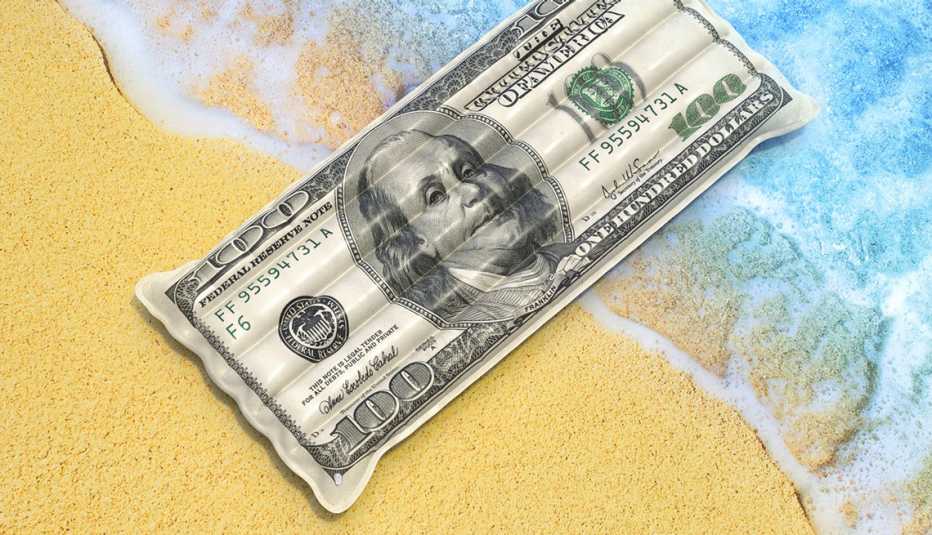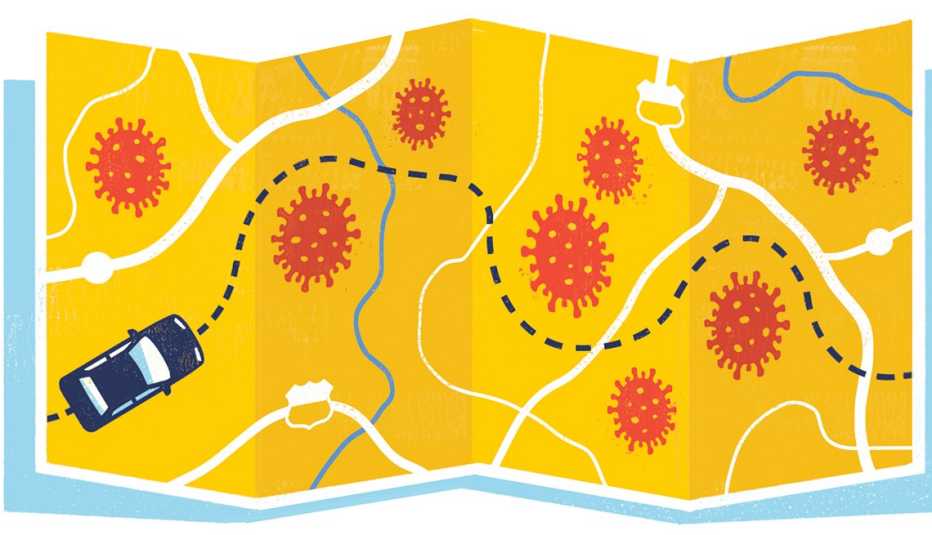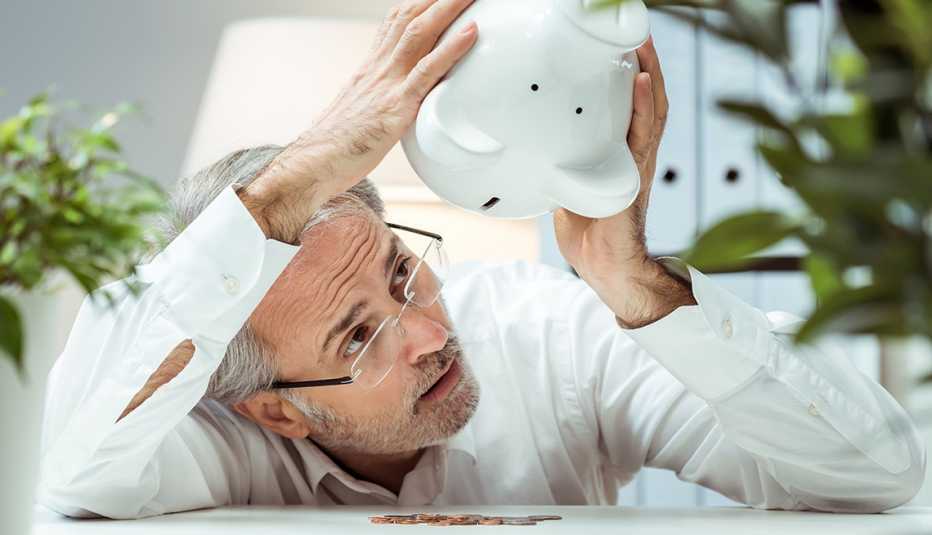Staying Fit
It may seem as if we’re living through an unprecedented time of multifaceted challenges. We have the COVID-19 pandemic. The near-shutdown of the economy and its ripple effects on jobs, savings and the ability to pay for basic needs. Racial tensions. An election season like none other.
All of these developments add up to extraordinary uncertainty. And hardly anything unsettles prognosticators, decisionmakers and the rest of us as much as uncertainty.


AARP Membership— $12 for your first year when you sign up for Automatic Renewal
Get instant access to members-only products and hundreds of discounts, a free second membership, and a subscription to AARP the Magazine.
But there’s reason for optimism. Look to the past and you can see that societies and economies recover from traumas such as these. The following facts can put today’s hard financial times into historical perspective — and maybe even put you at ease.
The Economy
If you are worried that the U.S. economy will never recover:
- know that the 1918 influenza epidemic “left almost no discernible mark on the aggregate U.S. economy,” according to a recent paper.
The Spanish flu’s impact on the economy was “mostly modest and temporary,” report coauthors Carola Frydman and Efraim Benmelech, professors at Northwestern University’s Kellogg School of Management. The Dow Jones Industrial Average increased by 10.5 percent in 1918 and 30.5 percent in 1919. The economy even expanded modestly in 1919, as a result of war-related industrial activity. While conditions are different today, the coauthors point out that a global pandemic doesn’t inevitably lead to a grave economic recession or depression.
If your gut tells you that things will only get worse, know that your gut is a terrible economic forecaster. When the University of Michigan’s decades-old Index of Consumer Sentiment hit bottom during the Great Recession, that measure of consumer confidence was at its lowest point in 28 years. But only four months later, the economy began its longest expansion in modern U.S. history.
If you are worried that so many neighborhood businesses are closing:
- know that two-thirds of small businesses started between 1994 and 2009 shut down within 10 years.
Think the economy is undergoing a vast dieout? It’s just business as usual, so to speak. That surprisingly high rate of small-business shutdowns has changed little over time, according to the Small Business Administration.
An April 2020 study by the National Bureau of Economic Research showed that 41.4 percent of businesses had temporarily closed because of COVID-19; only 1.8 percent were permanently closed because of the pandemic. Overall, more than 90 percent of business owners thought it was at least somewhat likely that they would be open on December 31, 2020.





































































